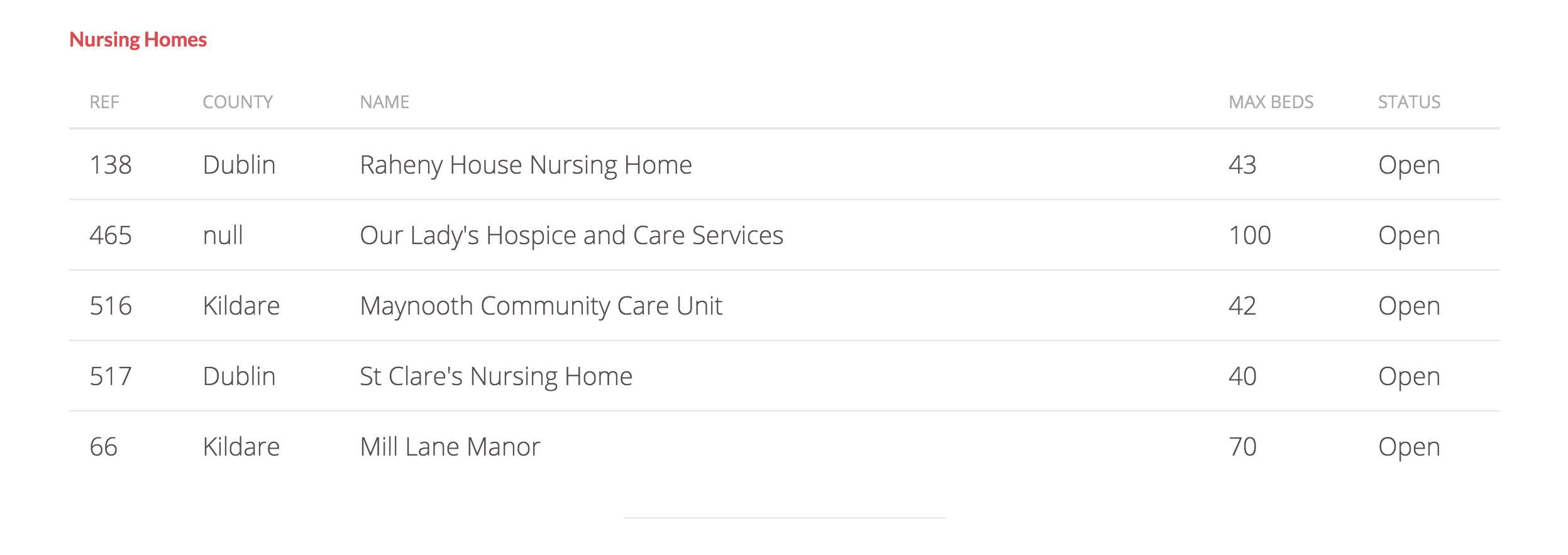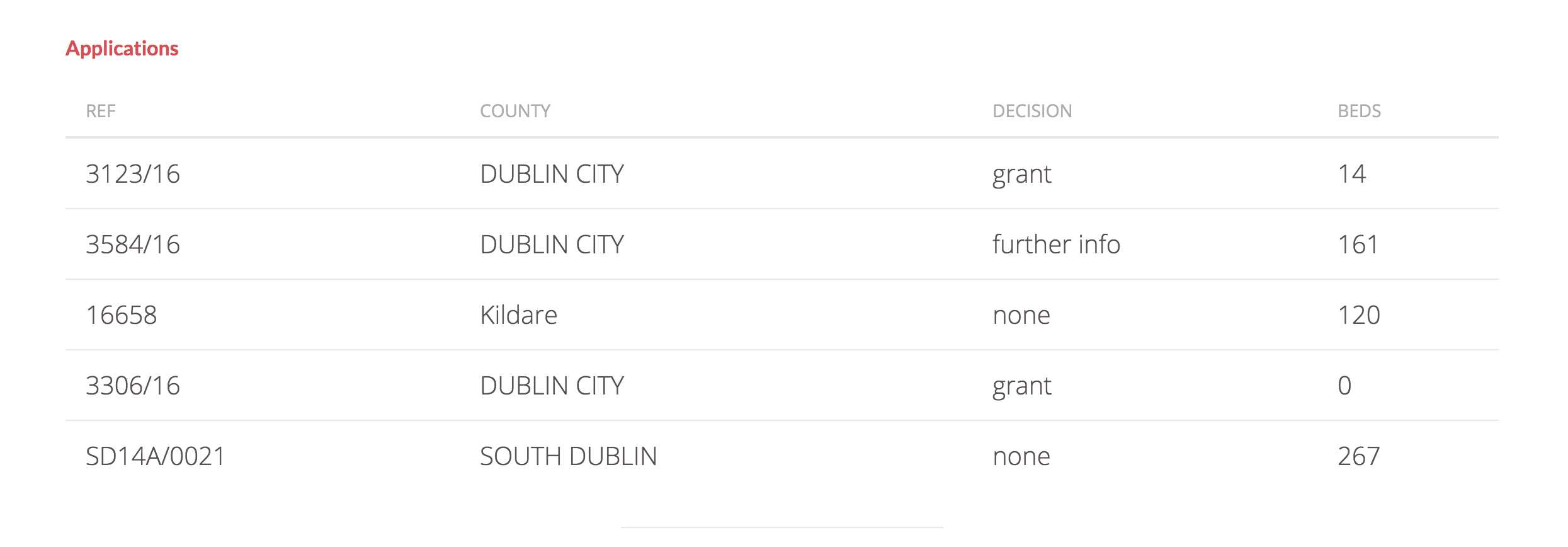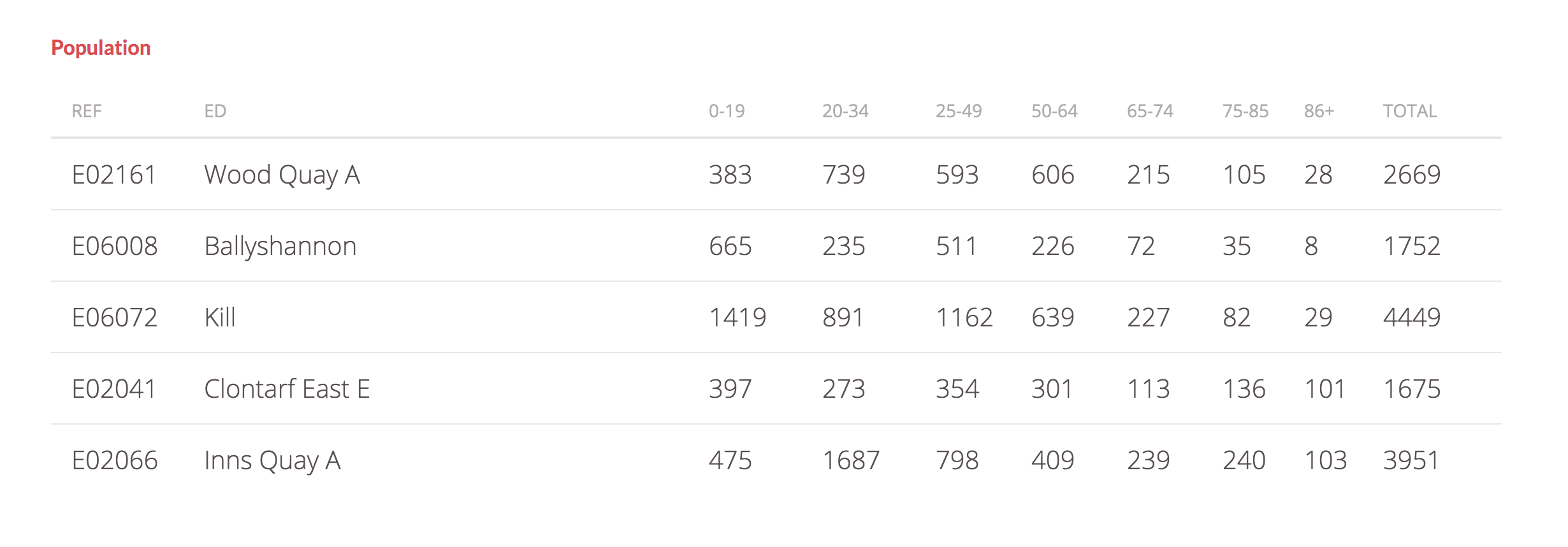According to Census 2016 results released today, Ireland’s age dependency profile is increasing. Age dependency is defined as people outside of the typical working age categories i.e. (0-14, 65 years +). This trend reflects wider patterns in the developed world of an ageing population. The implications of this trend for Irish health care policy are challenging.
Census 2016 returns indicate that Ireland’s population of older people (defined here as those being 65+) is now 637,567. The split of this in terms of gender is 296,837 males and 340,730 females.
In terms of the population aged over 85, the male population increased by 24.8 per cent to 23,062 while the female population increased by 11.4 per cent to 44,493. This puts this age category at 10.5% of the total aged 65+.
The population statistics released today throw light on the scale of the challenge which is posed to Ireland’s long stay residential care sector. Issues around funding and the availability of bed spaces for older infirm patients or those with more complex medical conditions will be exacerbated by a growth in demographically driven demand.
View the existing long stay residential care centres in the State
PHR has developed a comprehensive tool for guiding decision making for those managing, administering or thinking about investing in the long stay residential care sector in Ireland. This tool combined demographic, planning, health service and business intelligence insights into a single space to aid the user in taking decisions related to the maintenance and development of long stay residential care facilities in the Republic of Ireland. A snap shot of this tool’s functionality is provided below.




If you would like to know more, email info@phr.ie{:class=“button button–base”}.
 Panacea Health Research
Panacea Health Research